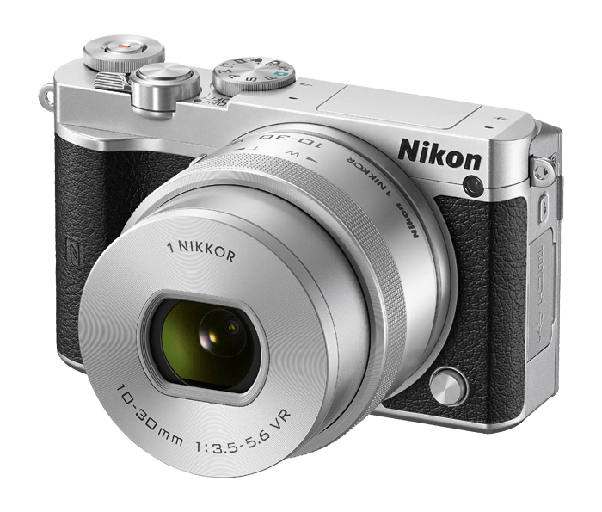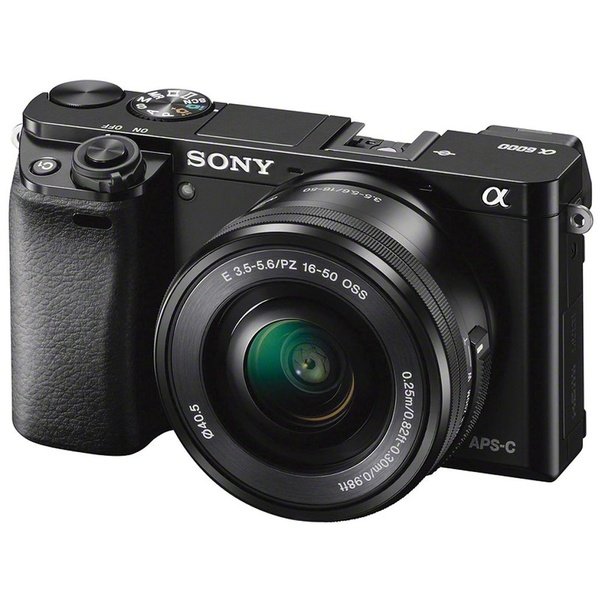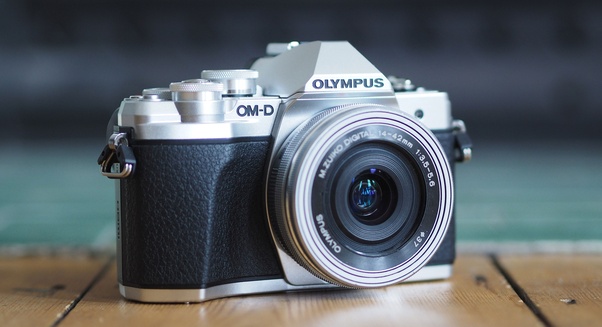As far as mirrorless cameras go, do any of my fellow shutterbugs have an opinion either way about the Nikon 1J5 and / or the Sony A6000?

Neither would be my first choice.
The Nikon 1 J5 is certainly an attractive looking camera. You get a mirrorless ILC for not much more pocket space than a top point and shoot camera. In fact, this latest model employs a Sony sensor in the same family as the chip used in the Sony RX-100 point and shoot camera. If your main goal of a mirrorless ILC is replacing a P&S, this camera might deliver.
My main problem with it is support. The J5 is the most recent model in the Nikon 1 line, and it was released in 2015. Three years without a new development is a really bad sign. The whole point of buying any system camera is to take advantage of new developments over time: more lenses, better bodies, etc. And last August, Nikon mentioned they were working on a new mirrorless system and very much implied it's a professional line, not a continuation of System 1.
These were originally quite overpriced for the image quality delivered, and you can still spend over $1,000 for the J5 and one zoom lens. If you find these being fire sales at some point and can pick up a body and several lenses, understanding the limitations (read reviews all over the internet), maybe that makes it worthwhile for some people.

The Sony A6000 is certainly a better choice. Sony seems to release a new camera body, oh I dunno, every week or two. Ok, I may be off just a little, but they’re still very actively supporting the E-Mount (APS-C) and FE-Mount (Full-Frame) systems.
If it’s only between these two, the A6000 will produce better images than the Nikon J5, though your actual result will vary by lens and light. In low light, the Sony is going to shine over the Nikon. And all that for just a bit more than half the price, with kit lens, of the J5.
And despite the lower cost of the Sony, it’s got an actual viewfinder, as well as the option of using the back-panel LCD.
My main problem with the choice of the A6000 is that Sony, never terribly proactive at releasing E-Series lenses, seems to be spending all their efforts on the FE-Series these days. You can, of course, use an FE-series lens on your E-Mount camera. But unless you’re planning to upgrade to an A7 or A9, you’re wasting lots of money and carrying around a much heavier lens than you need for your A6000.

Another camera to consider in this price range is the Olympus OM-D E-M10 mark III. This has a 16 megapixel sensor and sure, it’s a Micro Four-Thirds sensor, so it’s a bit smaller than that of the Sony. But the pixel size is 3.75μm, not dramatically smaller than the 3.92μm pixel size of the Sony… so the low light performance won’t be much different.
Except it can be much better, because the Olympus also has In-Body Image Stabilization (IBIS). Sony offers this on their more recent A7 bodies, but Olympus pioneered this. IBIS stablized any lens, not just those with optical stabilization in-lens, and is stabliizes better than it is possible to stablize within a lens. So unless you have a tripod around, you can shoot at a lower ISO with the Olympus than the Sony in many if not most low light situations, since you can hand-hold a slower exposure.
If you’re concerned about video at all, the E-M10 mark III shoots 4K (UltraHD) video as well as HD. You can get 4K video from Sony, but you’ll have to upgrade to the A6300.